In response to Sony unveiling its own holographic display back in October, Looking Glass Factory CEO Shawn Frayne quickly penned a letter welcoming the electronics mainstay to the field, with a post-script teasing the reveal of their own for December of 2020.
That day is finally here, and so is the Looking Glass Portrait, the latest iteration of the company's holographic display technology, which is now priced for the consumer market.
- Don't Miss: Hands-On with the Looking Glass Pro, An Easy Alternative to AR for Interacting With Virtual Content
Weighing 1.3 pounds, or about an ounce lighter than the iPad Pro 12.9-inch model, the Portrait is a 7.9-inch lightfield display boasting 2048 pixels by 1536 pixels at an aspect ratio of 4:3. Along with an embedded computer that shows 3D content at 60 frames per second, 3D images and video appear to float out of the frame without the need for 3D glasses.
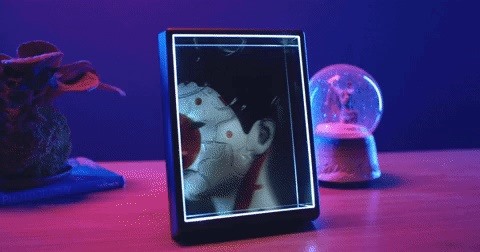
With a retail price of $349, or $20 more than the 10.2-inch iPad, interested parties can claim one for $199 via Kickstarter on Dec. 2 and 3, with devices scheduled to ship in the first half of 2021.
UPDATE: The launch pricing of $199 has been extended until Dec. 7, at which point the price will move to $249 until the conclusion of the Kickstarter on Jan. 14. As of Dec. 4, the campaign has raised $1.5 million, far surpassing its goal of $50,000 (which was achieved within the first hour of launch).
By comparison, the previous Looking Glass 8.9 costs $599 but requires a connection to a PC or Mac (though the Looking Glass Portrait also has the option to connect to a PC or Mac via USB-C). The Looking Glass Pro, a dual-display device that acts as a standalone device like the Portrait, sells for $6,000.
"Ever since I was a little kid, I dreamed of the moment that I'd be able to have a holographic display of my own," said Frayne in a statement. "I imagined what it would be like to send someone a holographic birthday message, or to say hello as a hologram to my great-great-great granddaughter. Looking Glass Portrait, the culmination of six years of work by our Brooklyn and Hong Kong based team, makes those dreams real for more people than ever before."

The consumer-grade display also makes it for the average consumer to interact with 3D content captured from other devices. Users can capture content with 3D scanning capable phones, such as modern iPhone, Samsung Galaxy and Galaxy Note, and Sony Xperia models and upload them to the bundled HoloPlay Studio software for PC and Mac for editing and then viewing on the Portrait.

Moreover, the device supports volumetric video capture via depth-sensing cameras such as Azure Kinect, Intel RealSense and iPhone cameras with TrueDepth front-facing cameras (namely any model with the notch) and sharing with other Looking Glass users.
For developers, Portrait can be integrated with Unreal Engine, Unity, Autodesk Maya, and Blender for developing applications and content. For example, users can stream motion capture content from an iPhone through Unity's Facial AR Remote Component and view the results on the Looking Glass Portrait.

The arrival of Portrait is timely, with Sony's Spatial Reality display coming "soon" at a hefty price tag of $4,999. Looking Glass Portrait comes at not only a fraction of the price but also with the ability for multiple users to view holograms at the same time, while Spatial Reality is a single-user experience. It's a decisive response by Looking Glass Factory, which appears ready to play David to Sony's Goliath in the 3D display race.
"Our approaches are different—your system is designed for a single user and ours for many. But it's clear we both recognize that what's been needed all along is something exponentially more realistic than 2D screens. We finally have that with holographic displays," said Frayne in the aforementioned open letter to Sony. "So again, welcome to building the future."
Update: The Looking Glass holographic Portrait display just passed the $2 million mark on Kickstarter. To thank its supporters, the company has added built-in Wi-Fi to the Standalone version.
Welcome to the hologram game, @Sony. Seriously. https://t.co/cZOxzIvGJo pic.twitter.com/rB91nxiYhn
Just updated your iPhone to iOS 18? You'll find a ton of hot new features for some of your most-used Apple apps. Dive in and see for yourself:
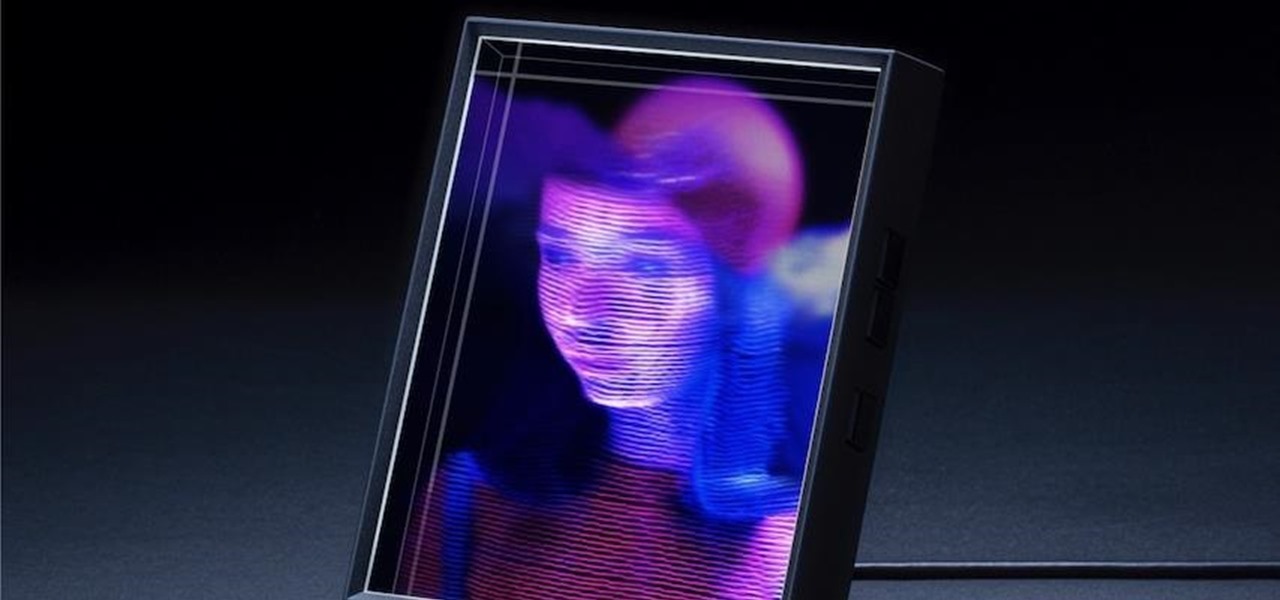


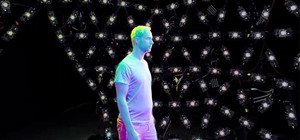



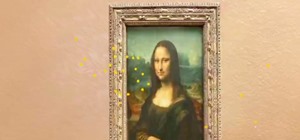


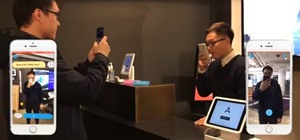
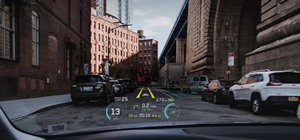

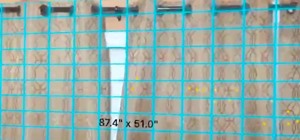
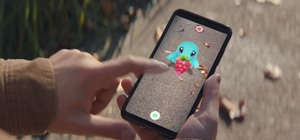
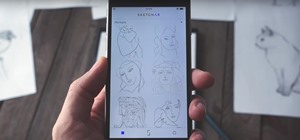
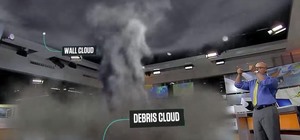


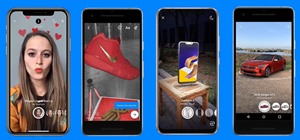
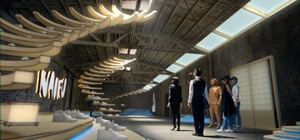
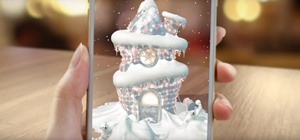

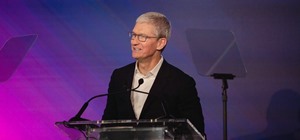
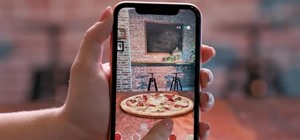
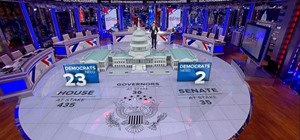

Be the First to Comment
Share Your Thoughts